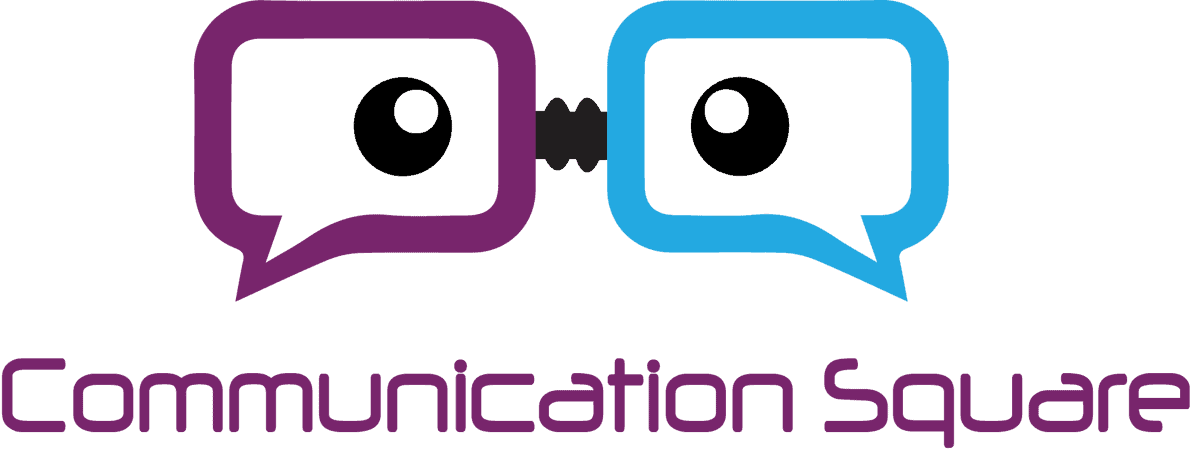Please note this announcement refers to Unified Messaging which is the processing of voicemails and Microsoft Teams Auto attendants in Exchange Online. Storage of voicemails will continue to be supported in Exchange Online and Exchange on-premises Servers.
Microsoft Announcement about Exchange UM Retire
Microsoft is retiring Unified Messaging (UM) in Exchange Online and replacing it with Cloud Voicemail and Microsoft Teams Auto attendants services. This impacts voicemail processing and a single Auto Attendant in Exchange Online for all customers/organizations using these workloads. The following servers connecting to Exchange UM Online will be transitioned by Microsoft to Cloud Voicemail on or before February 28, 2020:
- Lync Server 2013
- Skype for Business Server 2015
You can read the complete announcement here.
Exchange UM Retire Impact
As stated in the Microsoft Announcement also, it affects separate Auto Attendants created in Exchange Online and Voicemails. In the real world, it means after the date of Exchange UM retirement, the disruption of this service would pop up any time for any organization as End of Support was called. Any Exchange UM Auto Attendants created and in use would fail to work and route calls as expected. Hence the transition should be made in advance to avoid inconveniences for your organization. For the Voicemail part, it should continue to work unless we don't have our Lync/Skype server patched with the latest CU.
One thing worth noticing here is that Cloud Auto Attendants and Cloud Voicemails lack some of the Exchange UM features for now.

What are my options after the Exchange UM Retirement?
Two core services of Exchange UM are Microsoft Teams Auto attendants and Voicemails, how the transition should be made to avoid the disruptions in their services due to retirement is the question now and what things should be kept under consideration for it. We'll look one by one into the services mentioned to have a clear plan for the transitions for the organizations out there.
How can Microsoft Teams Auto attendants be used after the Exchange UM retirement?
Using On-Premise Workflows/Response Groups
In some cases where the Exchange UM service is already down and the Microsoft Teams Auto attendants have failed to work now, as an immediate remedy for the organization workflow, one may transfer their Main Line number dialing to Lync/Skype server's Workflows/Response Groups (auto attendant for Skype Server) or the same Exchange UM Auto Attendants structure could be implemented using Workflows/Response Groups for the continuous use excluding any kind of dependency on Cloud.
Use Teams Auto Attendants configuring Hybrid Setup
For the second option, to continue using Auto Attendants/Queues feature in Cloud, the Auto Attendant / Queue should be transitioned to MS Teams (Microsoft Teams Auto attendants) now. there are some topology requirements one should consider first to tackle any issues that could pop up moving on.
Server version requirements
To configure your deployment for hybrid with Teams or Skype for Business Online, you need to have one of the following steps to supported topologies:
A deployment with maximum of 2 different server versions as listed below:
If hybrid voice is desired in any topology, both the edge server that is designated as the Federation Edge as well as the pool associated with SIP federation must be running Skype for Business 2015 or later. Users can remain on a Lync 2013 Pool if one exists.
Note: Lync 2010 is not supported for Cloud Auto Attendants, and one should upgrade to the newer versions as desired, keeping the above information and key options in mind.
Summarizing the work that needs to be done for transitioning the Primary Auto Attendant to MS Teams:
- Setup Hybrid between Lync Server 2013 and Skype for Business 2019 (for the current Lync 2013 environments)
- Setup Hybrid Voice input / speech between On-Premises and Cloud
- Setup New Microsoft Teams Auto attendants in Cloud (MS Teams)
- Assign Hybrid Voice On-Premises Phone Numbers to MS Teams Resource Accounts
- To allow callers to dial by name and by number, you will need to create an auto attendant that has an option for dial by name and another for dial by extension.
- When transferring calls to an external phone number, the resource account performing the transfer (that is, the one associated with the auto attendant or call queue) must have a Microsoft 365 Phone System Virtual User license and one of the following assigned: Calling Plan online voice routing policy Note Direct Routing service numbers for auto-attendant and call queues are supported for Microsoft Teams users and call agents only.
- Making Announcements with Announcement Feature Microsoft now allows playing an announcement as part of a dial key destination.
This is where you can get help to create an Auto Attendant in MS Teams for this scenario.
Transition to Pure Cloud Solution
Another option is to go purely for Cloud and not Hybrid setup. The migration could be done from Lync/Skype server to MS Teams containing the below given major work:
How to Configure Cloud Voicemails now?
First thing first, if someone is using Lync Server 2010, unfortunately that is not supported anymore, and one needs to upgrade as per the requirements. For the environments configured with Lync Server 2013 and above, as per Microsoft statement, the Voicemails should be transitioned automatically, and nothing needs to be done from the Admins of Lync or Skype environments.
One thing that should be noticed here, if the Lync/Skype servers are not patched yet with latest CU’s, there is a high probability that voicemails will stop working. Please try to patch them as soon as possible to avoid any kind of inconvenience.
To find out more about Lync Server 2013 CU's, Skype for Business Server 2015 CU’s and Skype for Business Server 2019 CU’s you can refer to these articles. Book a strategy call with our sales team now to get started!
Last Updated 1 year ago ago
